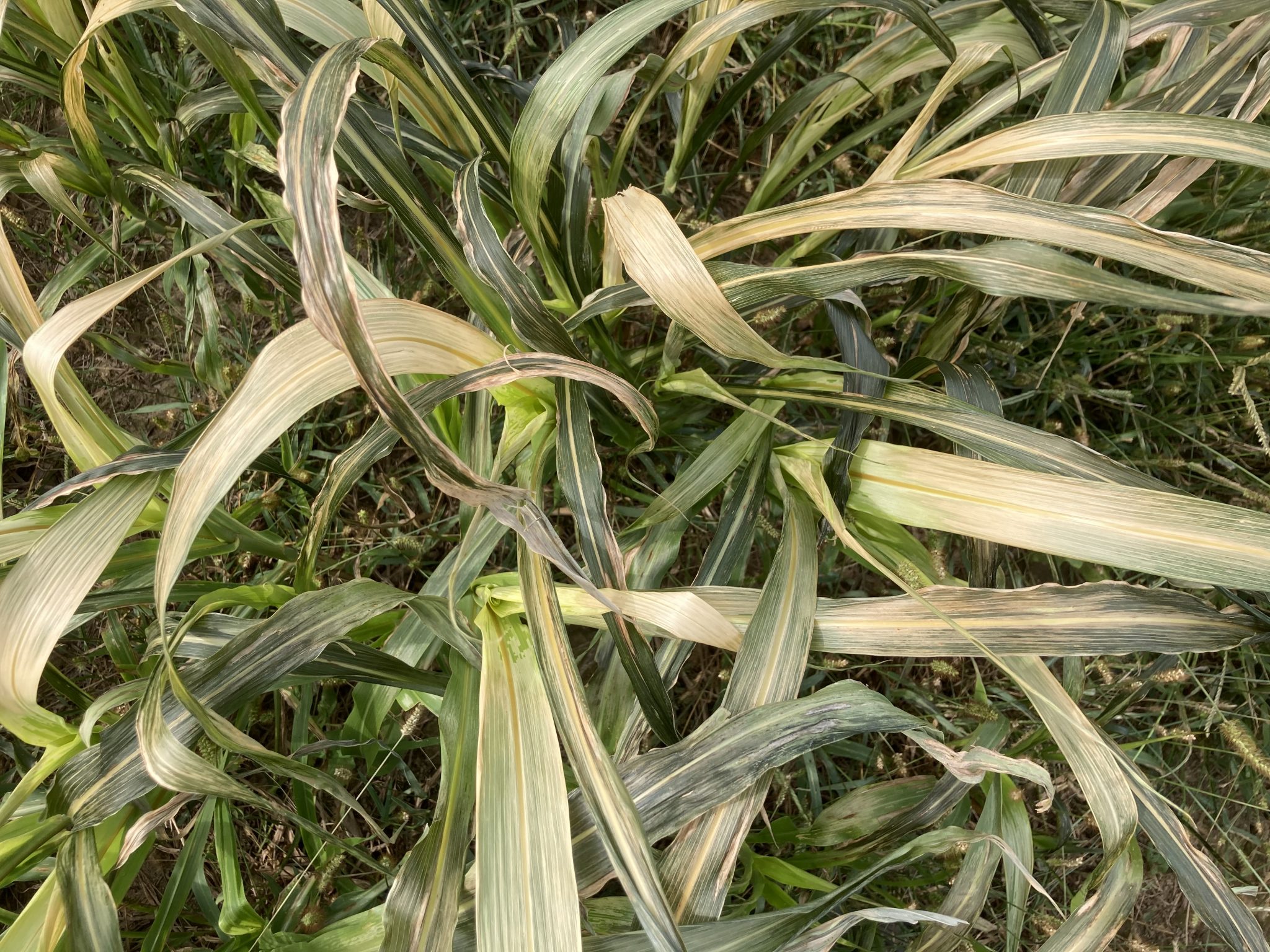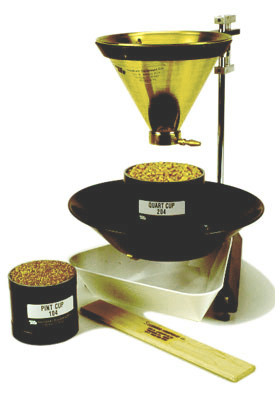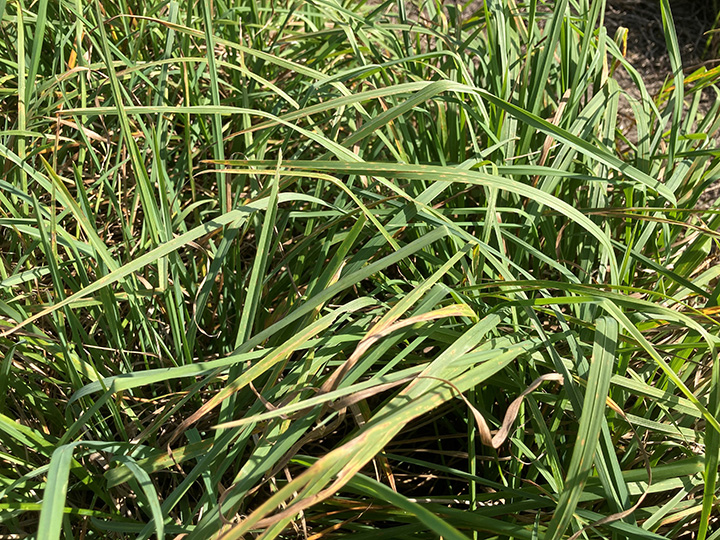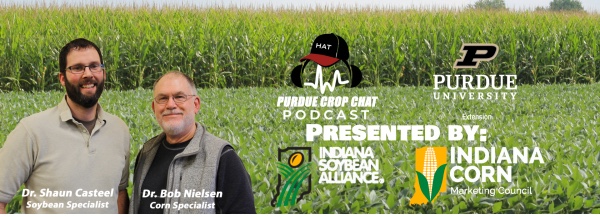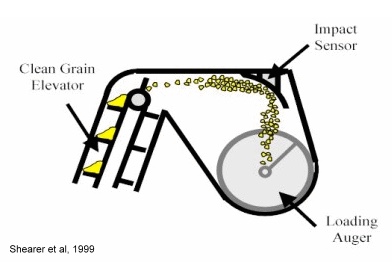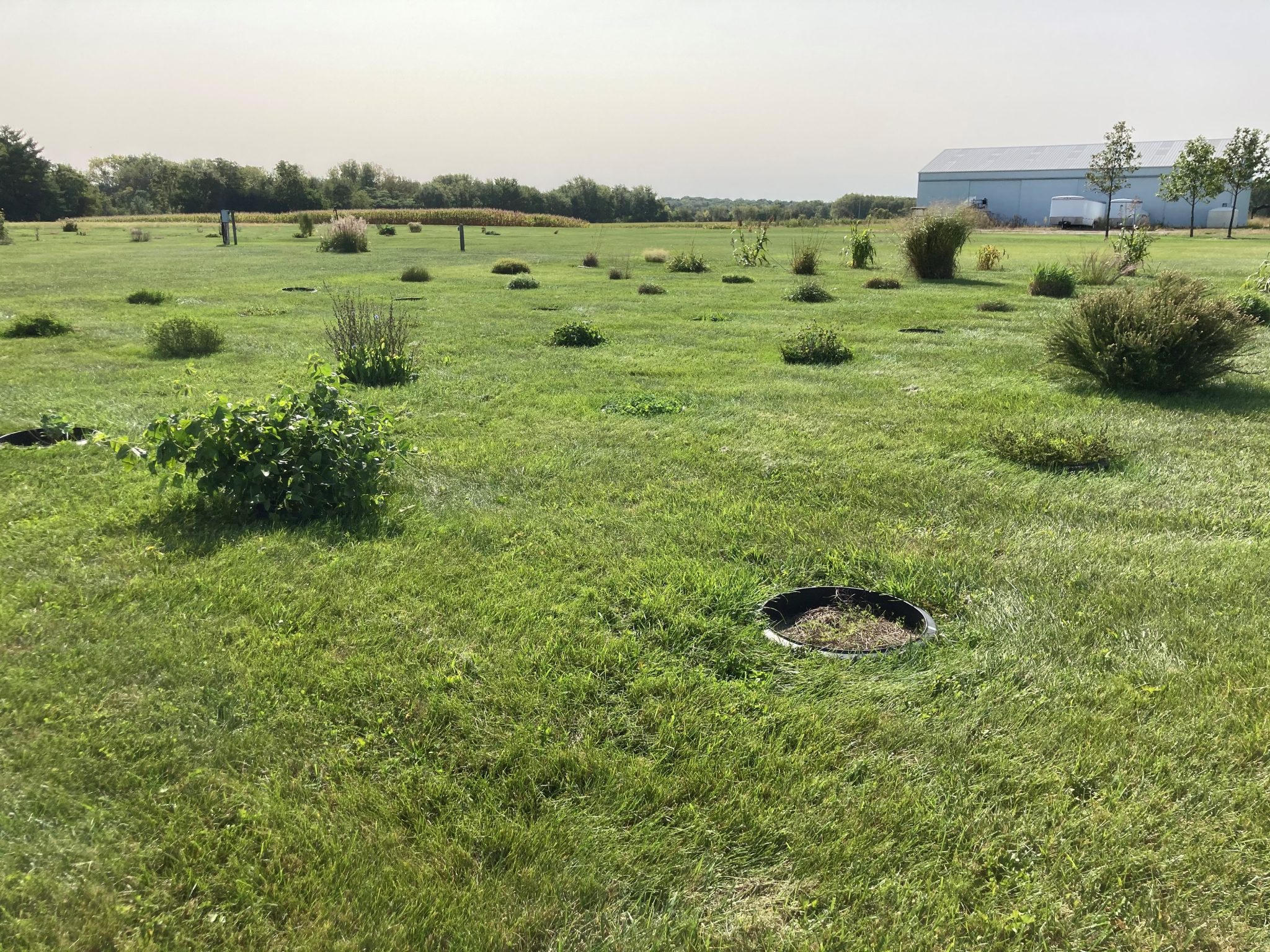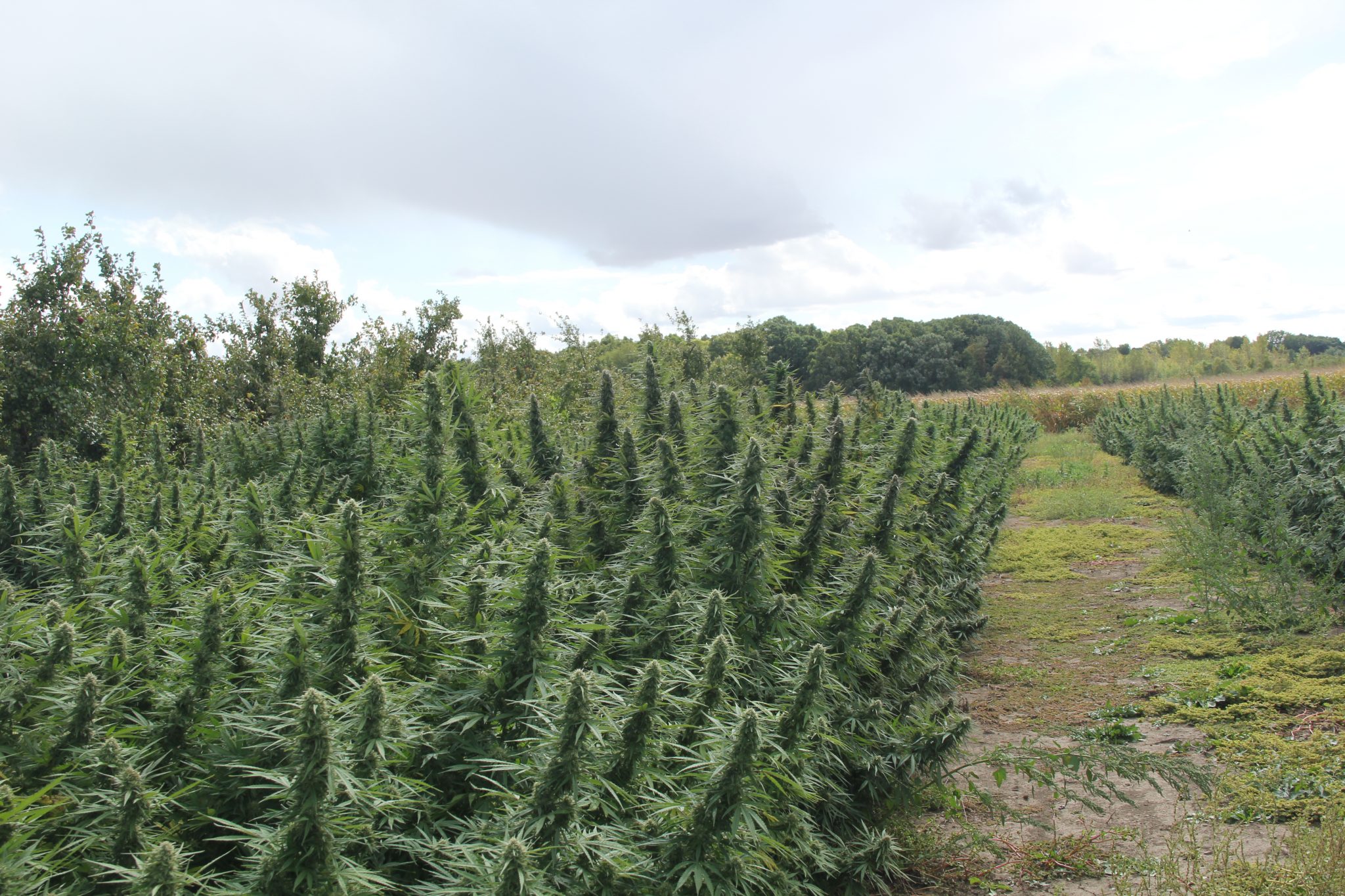
We had some chilly nights last weekend and the beginning of the week, which caused concern for some hemp growers. But, we made it through and the hemp seems to be doing alright. There are some noticeable changes in color, which could cause alarm, other than that, the hemp is unscathed. One cultivar at Meigs went from a bright green to a deep purple. The same thing happens to the forsythia in my front yard and to many other plants this time of year. Most of the data on frost tolerance and hemp is out of Canada and focuses on grain and fiber specific cultivars. Growers have harvested all the fiber hemp and most of the grain hemp. However, there is not much data on frost tolerance in cannabinoid rich hemp. The University of Vermont does have some useful information on their experiences with frost and hemp. They find that[Read More…]


